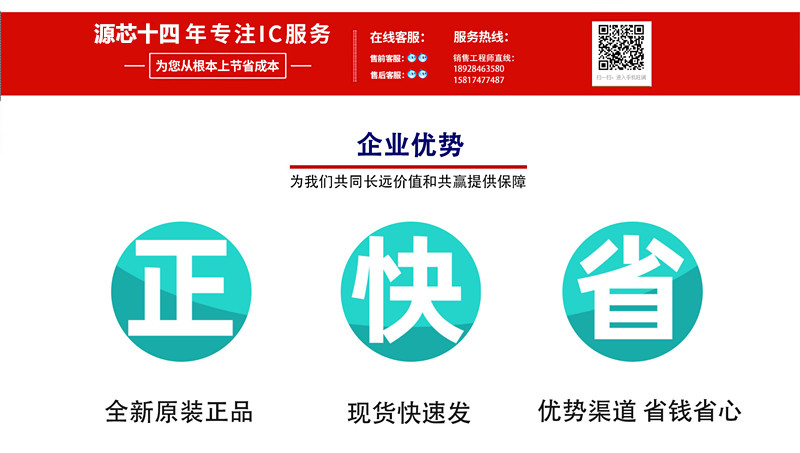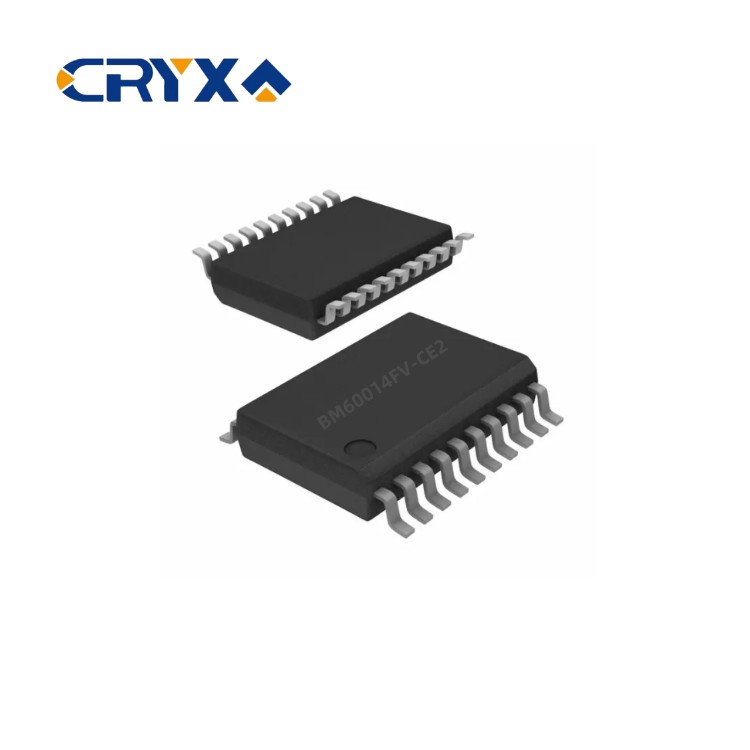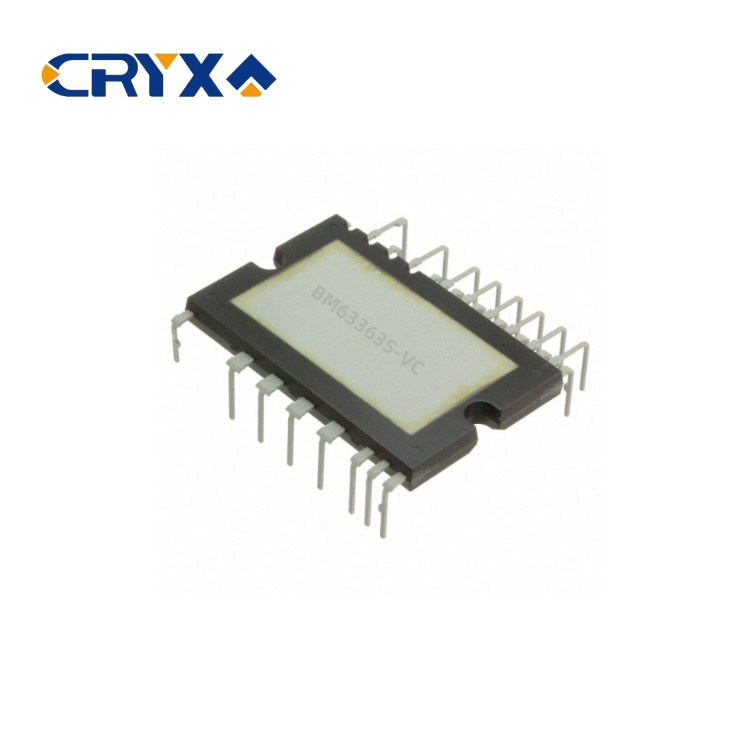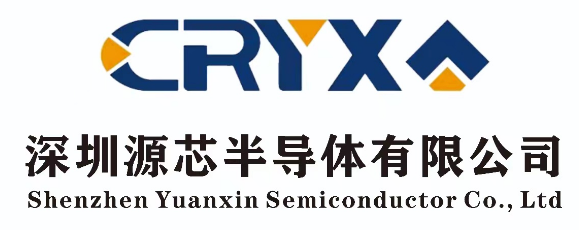Chip selection can be said to be one of the essential skills for hardware and electronic engineers. A good chip selection plan can not only save product costs and customers money, but also save hardware and software engineers‘ development time, promote products to the market as soon as possible, and enable customers to enjoy the convenience brought by the electronic information age as soon as possible.http://www.ic-bom.com/
So, what are the issues to pay attention to when selecting chips?
The issues that need to be considered when selecting chips mainly include the following aspects: (1) performance; (2) Cost; (3) Power consumption; (4) Is the typical application convenient; (5) Packaging of chips; (6) Is the supply sufficient.http://www.ic-bom.com/
(1) Performance
The reason why performance comes first is because the performance of a chip determines the failure rate and service life of the product we design. The failure rate and service life of the product ultimately determine the position of our company‘s product and brand in the hearts of customers, because when selecting chips, it is important to ensure that there are no performance issues with the selected chip, The probability of failure and damage occurring within the foreseeable time frame or warranty period is very low.
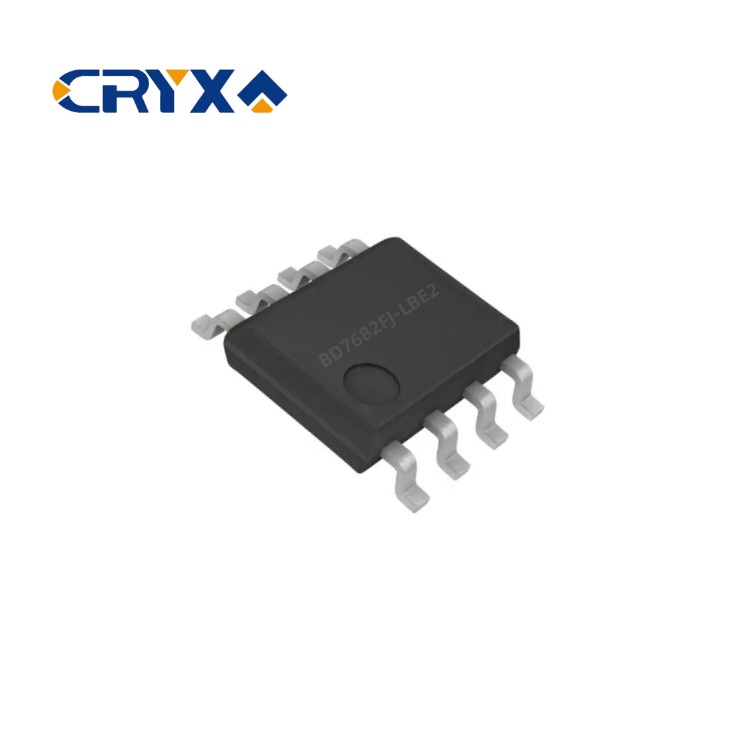
The chip performance mainly includes functions, working temperature, storage temperature, RoHS certification, etc. When selecting chips, it is necessary to ensure that these points meet the application requirements of the product. For example, if the product is industrial grade, the operating temperature of the chip must generally be outside the range of -40-+85 degrees. In addition, some products also require third-party certification, so the selection of performance is crucial for chip selection.
Many people know the principle of "get what you pay for", and many customers often do not choose the cheapest or most expensive products when choosing them, and the cost-effectiveness is relatively high. Therefore, our ultimate goal in designing products and selecting which chips is actually to strive to achieve customers‘ so-called "highest cost-effectiveness".http://www.ic-bom.com/
(2) Cost
It can be said that the cost of a chip to a certain extent determines the final cost of a product, so cost considerations must be taken into account when selecting a chip. Many times, we will find that if a chip is more expensive, its functionality and performance will be better, while cheaper chips often have lower functionality and performance than more expensive ones, so we must learn to compromise. So how can we compromise? My suggestion is to prioritize performance improvement while meeting functional requirements.
(3) Power consumption
Nowadays, products are basically labeled as "low-cost, low-power", which highlights the importance of cost and power consumption to customers. The power consumption of a chip is mainly reflected in its working voltage and current. Therefore, when selecting a chip, the power consumption during operation can be roughly estimated by describing the indicators of working voltage and current in the chip datasheet. Currently, many chips have wide voltage input and have working mode, sleep mode, power off mode, etc. Therefore, chips with such functions can be considered.
(4) Is it convenient for typical applications
A typical application actually refers to whether the typical circuit of a chip is simple. If a chip can work normally with only a few components, then such a chip should be considered for selection. Therefore, in this case, only a slight protection circuit needs to be added to the original typical circuit of the chip to be applied in product design. If there are many peripheral circuits in a typical circuit of a chip, not only will the layout and wiring be troublesome, but also the miniaturization design and low-cost design concept of the product will not be utilized.http://www.ic-bom.com/
(5) Packaging of chips
Due to the current trend towards miniaturization design in products, and the packaging of chips to some extent determines the final size of the product, packaging issues should be considered when selecting chips. Large packaging facilitates PCB layout, welding, and maintenance, but increases the board size and product cost. Small packaging can reduce the board size and product cost, but increases the difficulty of PCB layout, welding, and maintenance. When selecting models, they should be treated separately. If there are special requirements, it is recommended to choose medium packaging (SOT23, TSSOP, LQFP, SOIC, etc.).
(6) Is the supply sufficient
Whether the supply is sufficient refers to whether the chip selected is a very unpopular chip. If the chip selected is good in all aspects, but the supply is few or difficult to buy, then this selection plan is also not advisable. Firstly, you may affect the progress of the entire project due to not purchasing this material or the long supply cycle, and secondly, it will bring great hidden dangers to the after-sales maintenance of the product.http://www.ic-bom.com/
When selecting specific chips, you can ask the engineers from the electronic component distributor to recommend them, and then proceed with the final selection based on the discussion above. Currently, my company mainly uses TI chips, and the options are mostly purchased from Pairui Electronics. Some can apply for samples.


